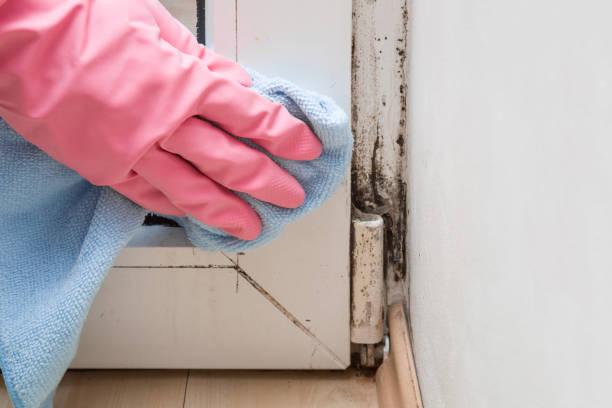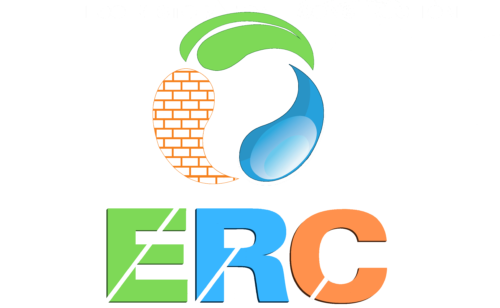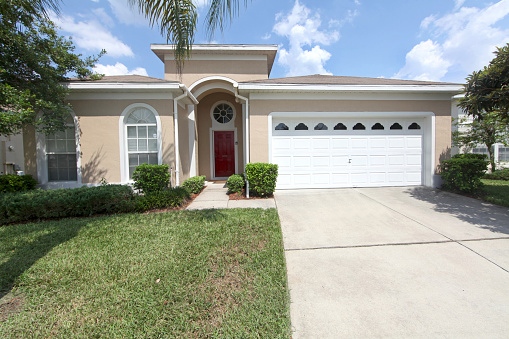Our homes should be safe places because that is where we spend most of our time. We eat, sleep, and come home to them after a long day at work. Even though they are reflections of our wants, preferences, and personal style, they ultimately protect us from the outside world. What happens then when the conditions in our houses endanger our health?
Despite being a very typical occurrence in homes, black mold is not always a benign substance. Below is what you should know about black mold and how it could harm you and your family. It is crucial first to identify the specific sensitivities of everyone involved before attempting to estimate how long a person can comfortably reside in a mold-infested home.
How long can you live in a house with mold?
Generally, a person can stay in a moldy home for years, though some people could feel extremely uncomfortable.
Mold symptoms to look for
A mold allergy or sensitivity causes most people uncomfortable symptoms. The type of mold allergies influences reactions differently. According to the World Health Organization (WHO) and the Centers for Disease Control and Prevention (CDC), mold exposure can cause the following symptoms in humans:
- Skin and eye discomfort
- Wheezing/fever/fatigue
- Nausea
- Headache/insomnia
- Inflammation of the mucous membranes
- Sick-building syndrome
How to remove mold in your home
If mold develops in your home, you must take care of a moisture or water damage issue. Following that, you must remove any moldy stuff from habitations. The only method to solve the issue after mold appears in materials like carpet, insulation, drywall, etc., is to remove the offending items. Additionally, if the carpets or upholstery can’t be quickly cleaned and dried after being wet, remove them.
Cleaning the mold can occasionally take as long as cleaning the parking lot. Hard surfaces can be cleaned of mold using commercial cleaning supplies, soap, and water, or a bleach solution made up of no more than 1 cup (8 ounces) of bleach per gallon of water.
Or give ERC a call, and we can help reduce the impact of mold in your home or business.

Simple ways to keep mold from growing inside your home:
- Keep the humidity as low as you can all day, between 30% and 50%.
- Immediately repairing leaking pipes, windows, and roofs.
- After floods, thoroughly cleaning and drying (if applicable)
- Use exhaust fans in your kitchen and bathroom that vent outside.
- Consider not utilizing carpet in spaces like bathrooms or the basement that may have a lot of moisture by making sure your clothes dryer vents outside your house.
Remember that mold can have a long-term, subtle impact on your family’s health and safety as well as the health and safety of your house. The greatest method to preserve the health of you and your loved ones is to work to remove and prevent mold from growing within your home.
Types of harmful mold
Although there are many different kinds of mold, there are primarily three categories of hazardous mold:
Allergenic mold
This common mold is typically the least dangerous for people when exposure is minimized. According to the Centers for Disease Control, even brief contact with moist and moldy conditions can cause symptoms like:
- Stuffy Nose
- Wheezing
- Sore Throat
- Red or Itchy Eyes
- Irritated Skin
Pathogenic mold
While pathogenic mold can cause infections in persons with compromised immune systems, allergenic mold typically impacts those with allergies and other health issues. The most typical varieties of pathogenic mold are as follows:
- Aspergillus fumigatus: A mold typically found in soil, plant debris, and household dust. It can also spread via the air and cause symptoms including fever, weakness, and coughing up crimson or brown mucus.
- Cryptococcus neoformans: This is ubiquitous and typically breathed; it can remain in the body and later produce an illness. It is responsible for the majority of cases of fungal meningitis.
- Histoplasma capsulatum: These are typically brought on by soil outbreaks, such as digging during significant construction projects. Pneumonia can result from inhaling H. capsulatum spores.
Toxigenic mold
Black mold, often known as toxic mold, is one type of mold among several. You cannot identify the type of mold you are dealing with simply by looking at it because many molds are black. According to Medical News Today, black mold can result in serious health issues since it releases mycotoxins into the body, which can poison you with mold.
Check out our article on possible mold growth signs, and what to consider before hiring a mold removal professional.
Frequently asked questions
What happens if you live in a house with mold?
If you have allergies or asthma, mold in your house may occasionally cause you to become ill. Mold exposure can irritate your eyes, skin, nose, throat, and lungs whether or not you have a mold allergy.
Can mold in my house kill me?
Black mold and other molds can all create toxins. However, mold exposure rarely has fatal consequences. Mold spores that are emitted and move through the air expose people to it.






